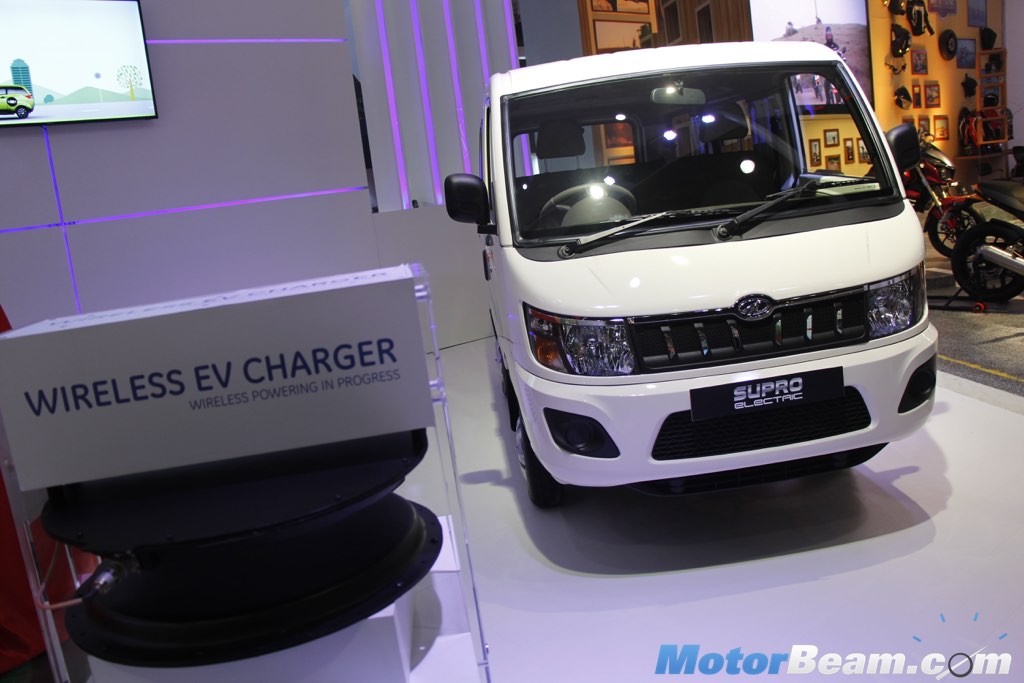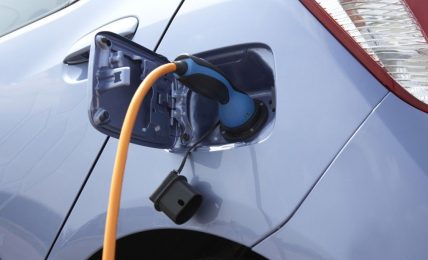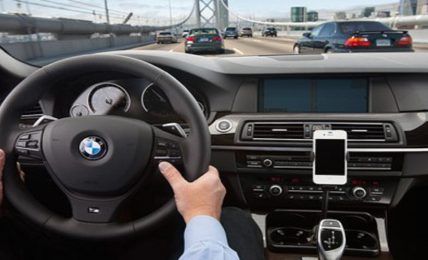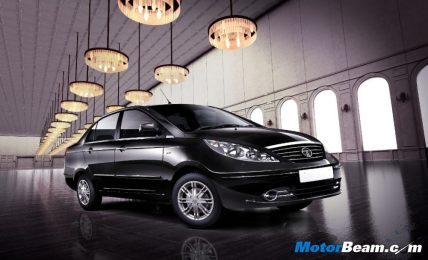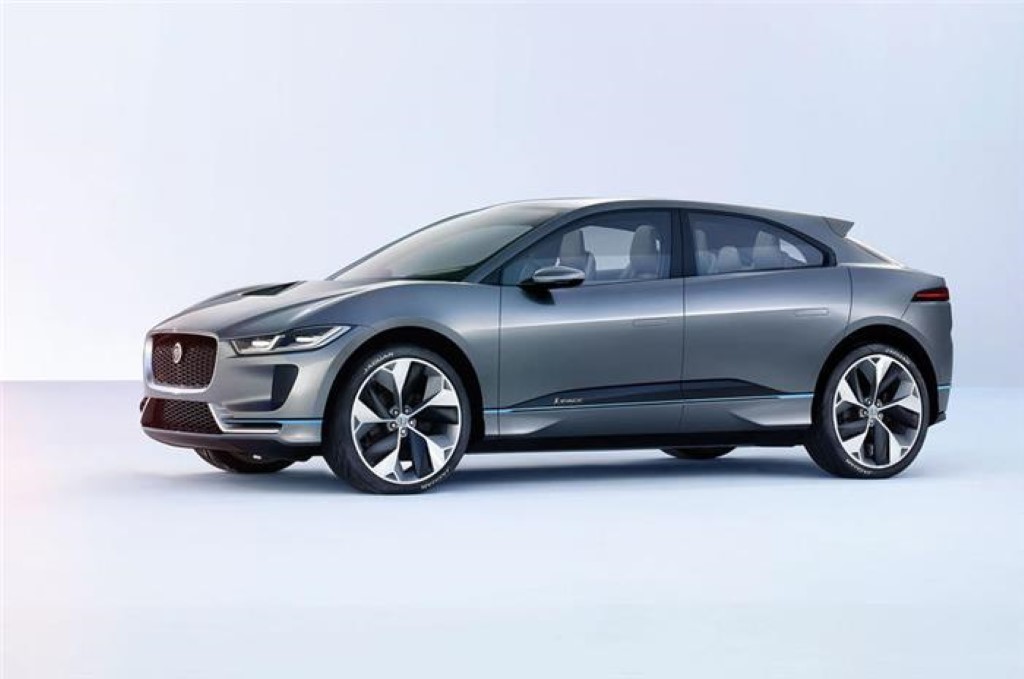
The legacy of automobile dates back to 1886 when Karl Benz spawned the Patent-Motorwagen. The car luxury soon spread across the world, and it was Henry Ford who made it available to all sections of the society. During the early years, sales charts were led by pioneer German marques but soon General Motors overtook them and stood tall undefeated for a whopping 77 consecutive years (till 2007).
In India, the auto industry seeds were sown by the Legendary Hindustan Motors (1942) followed by Premier (1944) and Mahindra & Mahindra (1945). The Indian automakers were merely “Build to Print” industries for then major players. India soon became an independent nation with new rules and regulations being written.
It was the fateful year of 1953 when the “Tariff Commission” posed sanctions on the automobile industry setting its course downwards. For 30 years this sub-continent had just 3 models till Suzuki introduced the Maruti 800 in 1983. Agreed that the Indian auto-industry was left behind the race for obvious reasons, but we need to accept the fact that it is past.
For decades, the so called major players have laid and bend the rules suiting their business strategies. In the mid 90’s General Motors, Honda and Toyota had the advantage in the electric car industry. However the syndicate of oil companies, automakers and USA Government killed the electric car program in early 2000’s. Years passed by, the pollution kept on rising and future of hydrogen fuel cells kept diminishing.
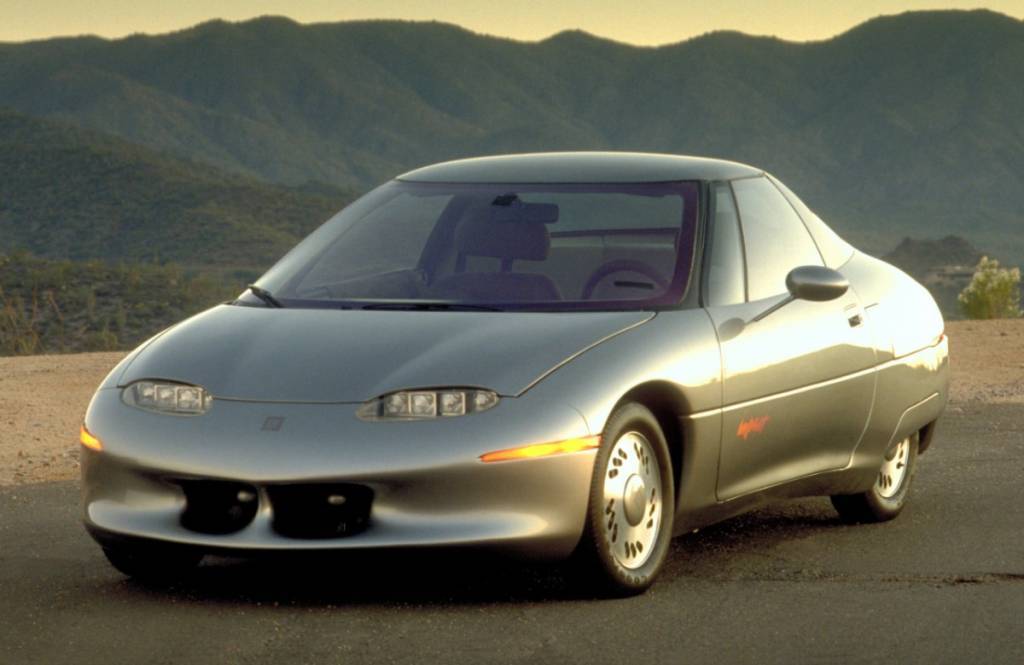
It was an American start-up that stood against these mighty giants and said enough is enough. In 2012, Elon Musk’s Tesla Motors stormed into the market with its second product, a powerful long range electric powered luxury sedan with a tag name the ‘Model S’. The equations changed overnight and 5 years later, now the whole world is talking about shifting to electric. Germany has already passed a referendum of banning the sale fossil fuel passenger cars (both Petrol and Diesel) from 2030.
It’s so astonishing that no one talked or even believed in mass-market electric vehicles but within a handful years (post the success of Model S) OEMs have launched vehicles or at-least displayed prototypes of long haul electric vehicles.
The auto-makers are now betting high on electric vehicles and battery technology. For example Mercedes has accelerated its EV program and preparing to launch its first generation electric cars by next year. The competition in this segment has already notched up with the entry of players like Audi, Porsche and Jaguar (Remember, as of now none of the above mentioned manufacturers have even one production model).
The question now arises, are the Indian automakers bold enough to take on the other manufacturers or at-least join the mainstream electric vehicle market? The 20th century was arguably not favorable for Indian manufacturers but now in 2017, the game has certainly changed. Mahindra and Tata Motors are the ones who can stand a chance in this international market, and this time we don’t have the liberty of falling back.
Mahindra has the capability of investing in electric vehicles especially when it has an electric mobility section (formerly Reva), that has been in the business for almost a quarter century. Mahindra also has the advantage of being in Motorsport (Formula E), which in-turn would help them in marketing as well as in technology transfer. The e2O is not pretty enough to fit into the international market, yet Mahindra pushes to sell them which has a range of 80/120 kilometers per charge.
There is a good possibility for Mahindra to use the expertise of Pininfarina (now owned by them) to come up with sensible design language, upgrade the power-train by investing on battery technology and hit the market in the next 3-5 years. Mahindra has got everything to join the electric market; it has the legacy, brand, capital investment, international design house etc. The company just has to hit the right chords, and its presence could be felt in no time.
On the other hand, Tata has finally come out of hibernation with TAMO and IMPACT programs with an aim of going global. We just got the news that Tata is developing new electric cars on the Moflex platform on which the RaceMo sits. The home-grown automaker has recently upgraded tech in their portfolio with few technologies derived from its sister company, The Jaguar Land Rover. It is known that Jaguar’s electric SUV I-Pace is scheduled to hit the roads next year and promises a range more than 500 kilometers on a single charge.
This means Tata Motors has the technology (long hauling production version) which Mahindra doesn’t. Engineers just needs to tweak the technology fitting across a Tata chassis and call it a day. From a business point of view, Tata Motors should provide a car with range of 250-300 kilometer range (nothing more or less) per charge and should equip it with Jaguar’s fast charging technology (where 80% of battery charges in 90 minutes). That should get them going in the mass market across the developed nations as well.
The Government has always been blamed for the dead slow growth of electric vehicles in India whereas the automakers have always given an excuse of poor infrastructure and incentives for the same. The inclination of not developing supercharging stations (from their own pockets) and failing to come up long haul electric vehicles has been the contribution of automakers for this situation. Barring no one, it is very clear that both Government and automakers are at equal fault. However to start with, the Government did come up FAME incentive scheme and lately NITI Aayog has chalked up a proposal for transformation to electric vehicles, which also includes setting up of supercharging stations.
It has to be understood that development of nation is not only the responsibility of the Government but also everyone. If India wants to achieve the self-set goal of going complete electric in 15 years, then even the manufacturers have to extend their hands in developing the infrastructure. We also strongly believe that India would play a major role for the success of the home grown auto-makers as this market thrives on volume.
